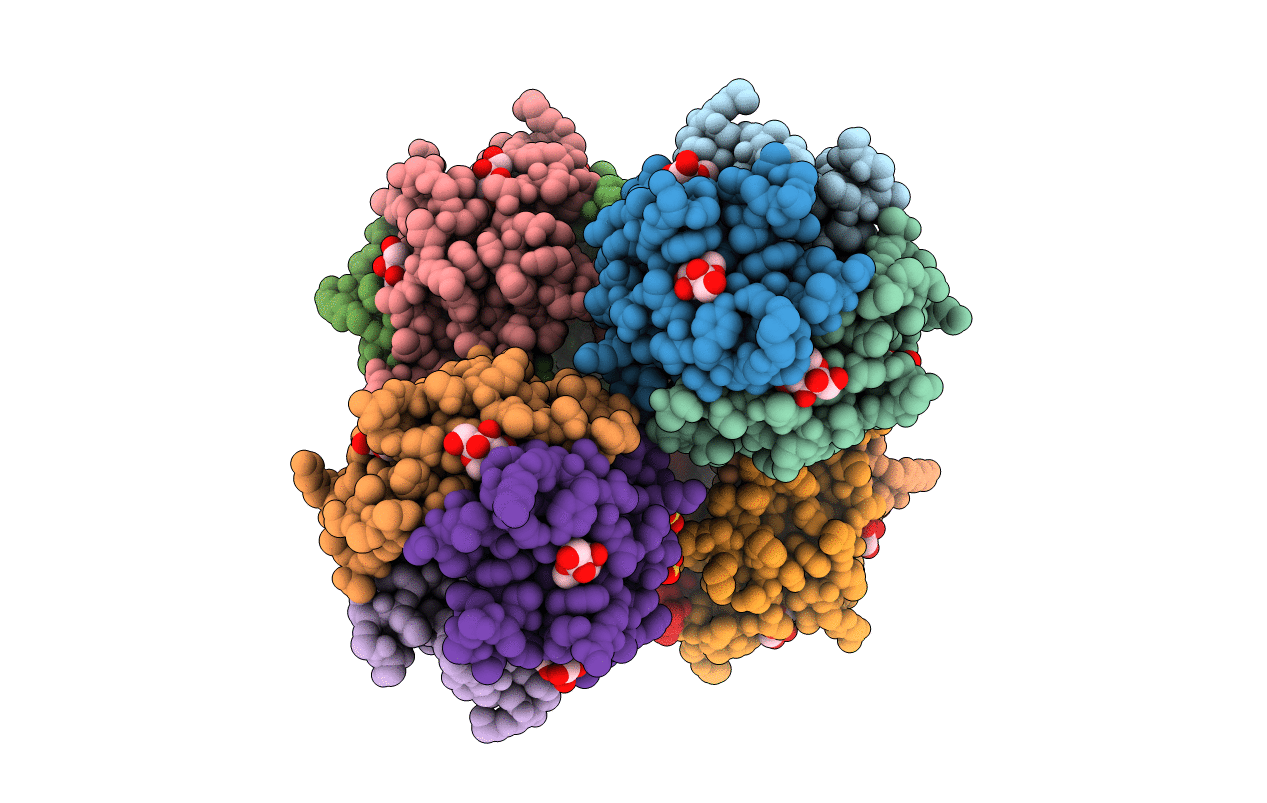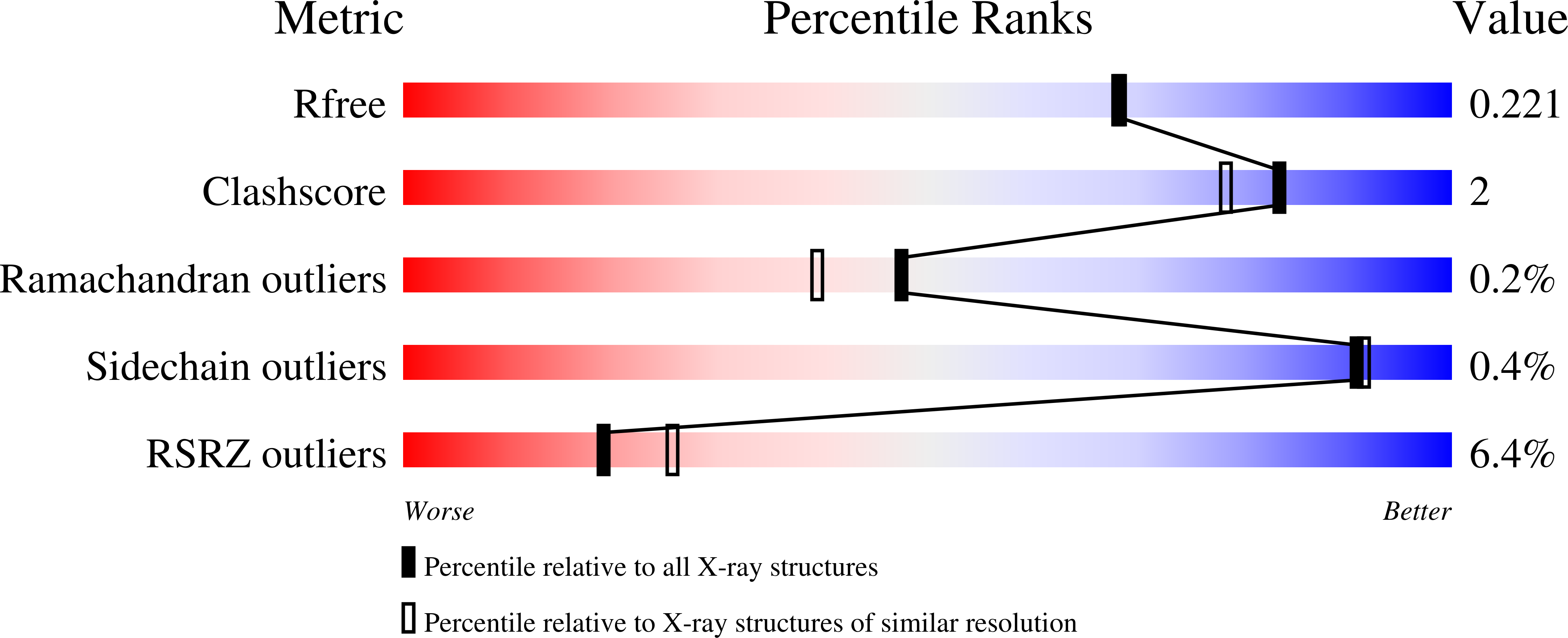
Deposition Date
2021-09-20
Release Date
2022-03-02
Last Version Date
2024-01-31
Entry Detail
PDB ID:
7PR5
Keywords:
Title:
Cocrystal of an RSL-N23H and sulfonato-thiacalix[4]arene - zinc complex
Biological Source:
Source Organism:
Ralstonia solanacearum (Taxon ID: 305)
Host Organism:
Method Details:
Experimental Method:
Resolution:
1.94 Å
R-Value Free:
0.22
R-Value Work:
0.18
R-Value Observed:
0.18
Space Group:
P 21 21 21


